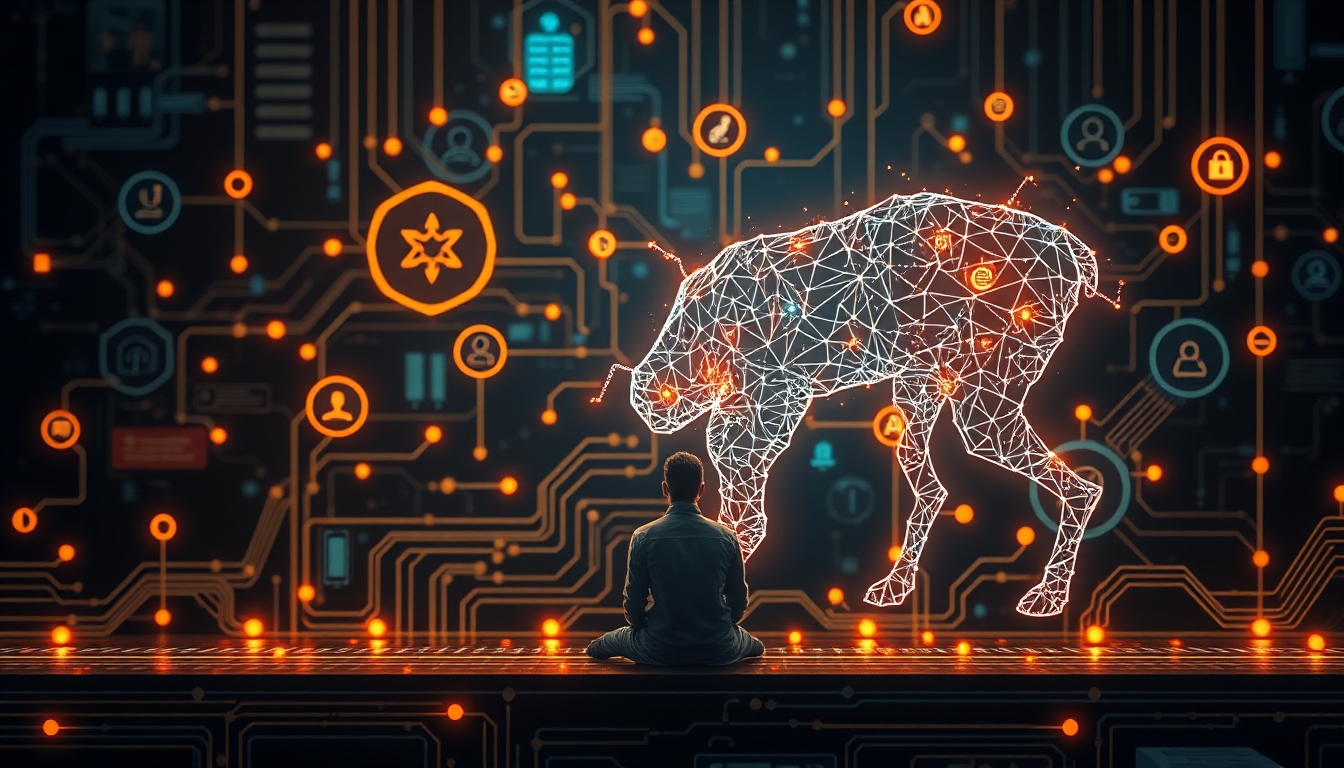Làm Thế Nào Để Nâng Cao Độ Chính Xác Của OCR Lên Hơn 99%? Phân Tích Chi Tiết Các Yếu Tố Và Giải Pháp
Xin chào, tôi là Kakeya, đại diện của công ty Scuti. Công ty chúng tôi chuyên cung cấp các dịch vụ như phát triển phần mềm offshore...









